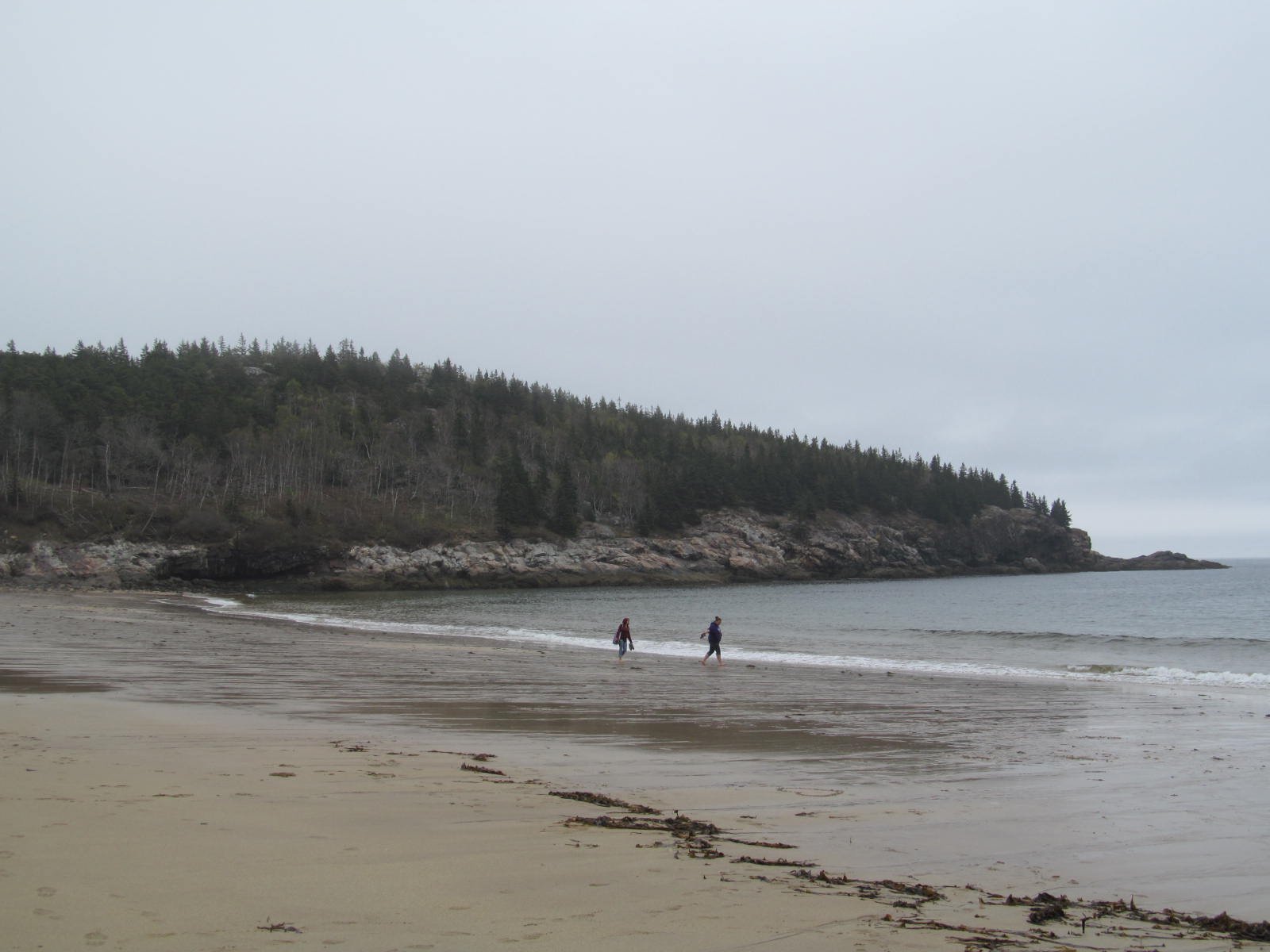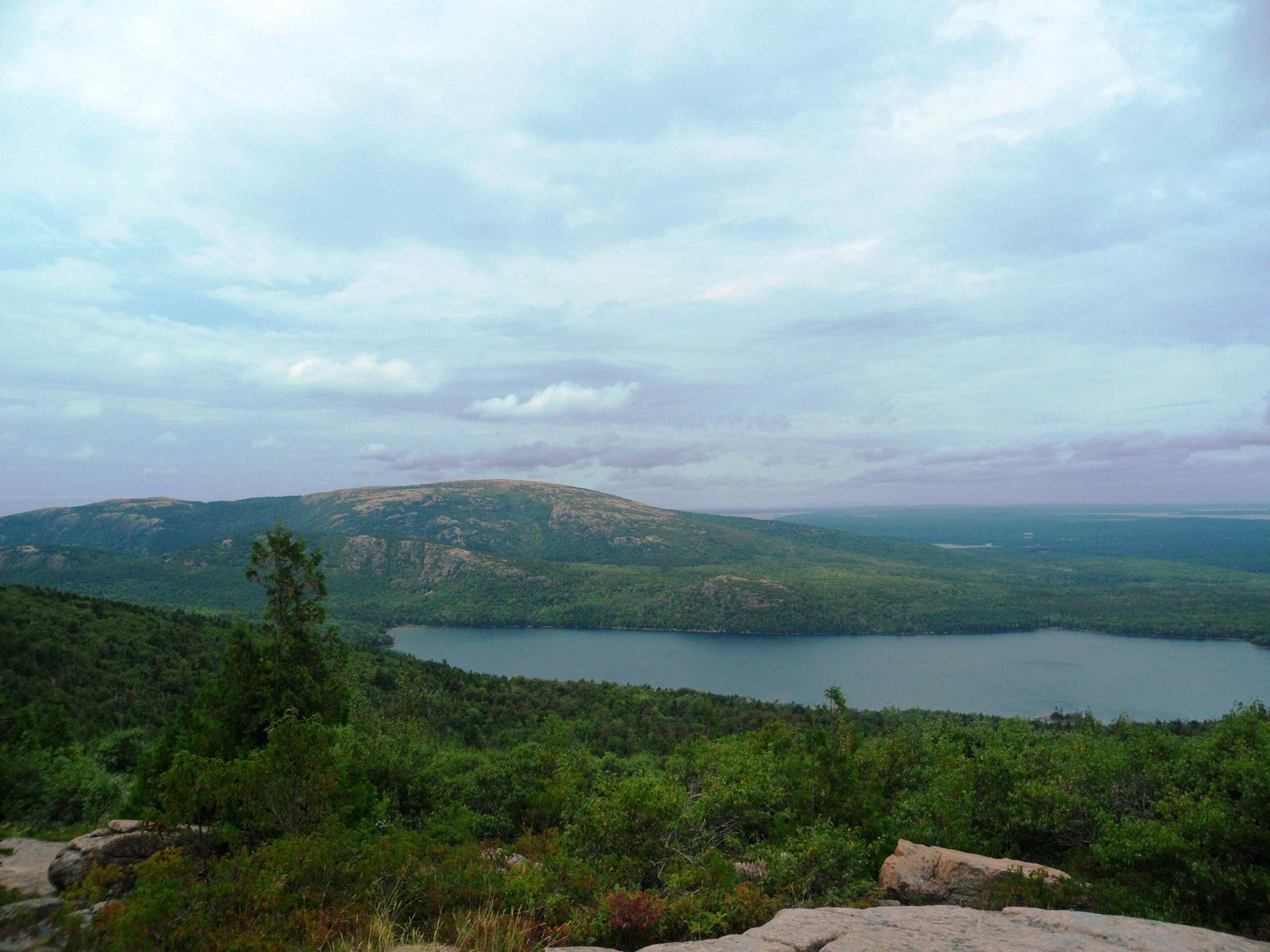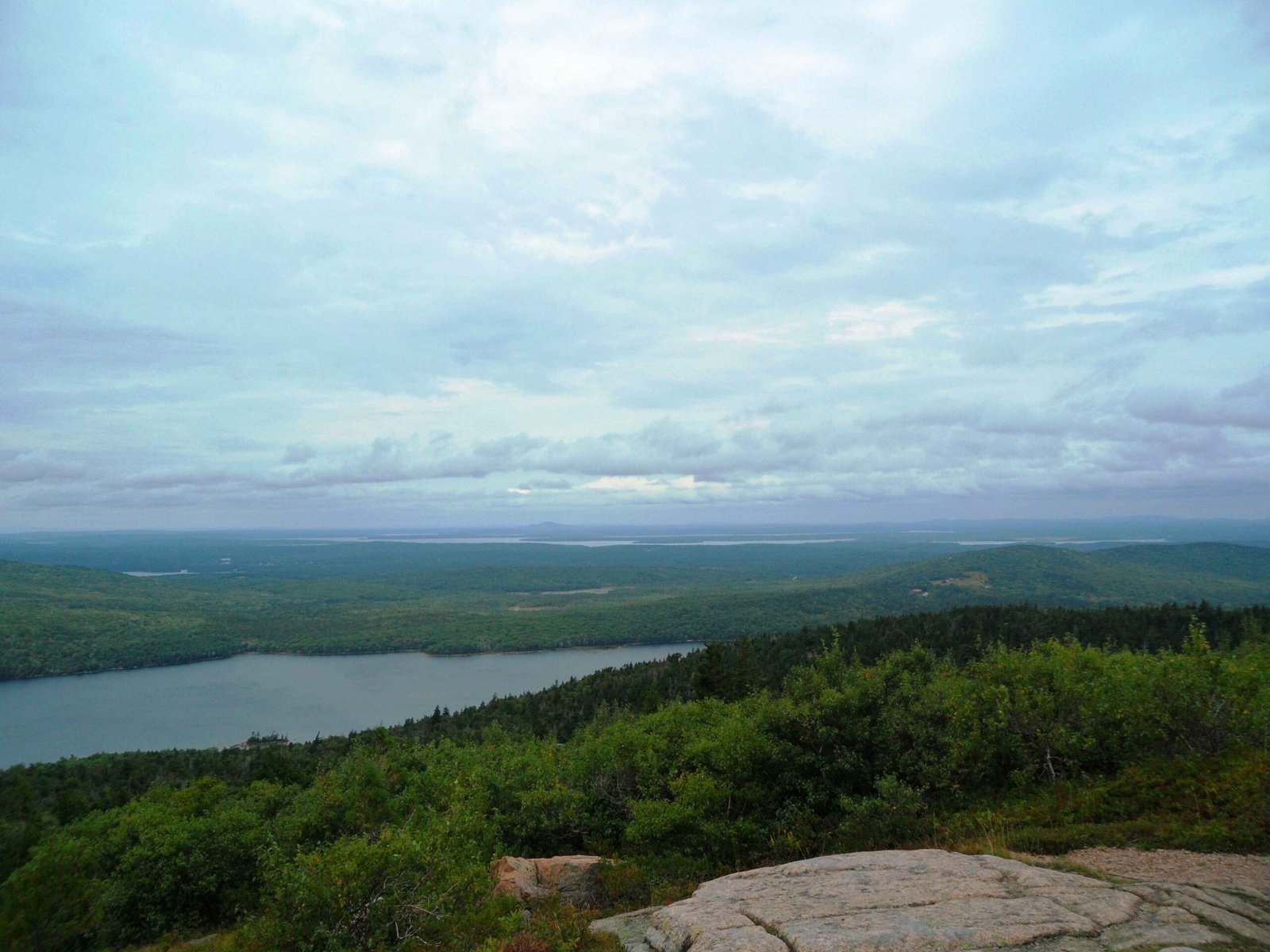Ash trees in Acadia National Park, primarily represented by the White Ash (Fraxinus americana), are an integral part of the park’s diverse ecosystem. These majestic trees, known for their compound leaves and distinctive bark, face significant challenges from invasive species. This guide explores the presence, identification, and conservation efforts of ash trees in Acadia National Park, providing valuable insights for nature enthusiasts and conservationists alike.
What Species of Ash Trees Are Found in Acadia National Park?

The primary ash tree species found in Acadia National Park is the White Ash (Fraxinus americana). This species is characterized by:
- A large, pyramidal shape that develops into a rounded crown with age
- Gray bark with diamond-shaped ridges in mature trees
- Compound leaves with 5-9 leaflets
- Dark green leaves on top, whitish-green undersides
- Purplish-yellow fall foliage
White Ash trees play a crucial role in the park’s ecosystem, providing habitat and food for various wildlife species.
Where Can Ash Trees Be Found in Acadia National Park?

Ash trees, particularly White Ash, are predominantly found in the deciduous forests of Acadia National Park. These forests are characterized by:
- Broad-leafed trees that shed their leaves annually
- Rich, loamy, and well-draining soils
- Acidic to slightly alkaline soil conditions
- Full sun to partial shade exposure
The distribution of ash trees within the park is influenced by several factors:
- Soil type and quality
- Moisture levels
- Sunlight exposure
- Elevation and topography
Ash trees often coexist with other deciduous species such as:
- Oaks
- Maples
- Beeches
- Birches
The forest floor beneath these trees supports a diverse understory, including:
- Lowbush blueberry
- Bunchberry
- Wintergreen
This ecosystem provides a habitat for various wildlife, including birds, squirrels, and deer.
How Can Visitors Identify Ash Trees in Acadia National Park?
Identifying ash trees in Acadia National Park can be an engaging activity for visitors. Here are key features to look for:
- Leaf Structure:
- Compound leaves with 5-9 leaflets (typically)
-
Opposite arrangement on branches
-
Bark Characteristics:
- Gray color
-
Diamond-shaped ridges in older trees
-
Seasonal Changes:
-
Purplish-yellow foliage in fall
-
Tree Shape:
- Pyramidal when young
- Rounded crown in mature trees
To assist visitors in identifying ash trees and other flora, the National Park Service offers:
- Educational materials
- Guided tours
- Information on the park’s official website
Visitors are encouraged to contact park rangers for more detailed information and guidance on tree identification.
What Threats Do Ash Trees Face in Acadia National Park?
The primary threat to ash trees in Acadia National Park is the Emerald Ash Borer (EAB). This invasive insect has had a devastating impact on ash tree populations across North America. The EAB poses several challenges:
- Rapid spread and infestation
- High mortality rate among infected trees
- Difficulty in early detection
- Limited natural predators in North America
The impact of EAB on ash trees in Acadia National Park includes:
- Potential loss of significant ash tree populations
- Disruption of forest ecosystems
- Reduced biodiversity
- Altered landscape aesthetics
What Conservation Efforts Are in Place for Ash Trees in Acadia National Park?
Conservation efforts for ash trees in Acadia National Park are ongoing and multifaceted. These efforts include:
- Research and Development:
- Cross-breeding programs with resistant species like Manchurian Ash
-
Studies on EAB biology and behavior
-
Monitoring and Detection:
- Regular surveys of ash tree populations
-
Early detection protocols for EAB infestation
-
Public Education and Engagement:
- Visitor awareness programs
-
Community involvement in conservation efforts
-
Management Strategies:
- Selective removal of infected trees
-
Quarantine measures to prevent EAB spread
-
Collaboration:
- Partnerships with research institutions
- Coordination with state and federal agencies
While specific funding details are not provided, these efforts are supported by the National Park Service and often involve community engagement.
How Do Ash Trees Contribute to Acadia National Park’s Ecosystem?
Ash trees play a vital role in Acadia National Park’s ecosystem:
- Habitat Provision:
- Nesting sites for birds
-
Shelter for small mammals
-
Food Source:
- Seeds for wildlife
-
Foliage for insects
-
Soil Health:
- Leaf litter contribution to soil organic matter
-
Root systems preventing soil erosion
-
Carbon Sequestration:
-
Absorption of atmospheric carbon dioxide
-
Biodiversity Support:
- Host to various lichens and mosses
- Part of the forest’s complex food web
What Is the Historical Significance of Ash Trees in Acadia National Park?
Ash trees have been an integral part of Acadia National Park’s landscape for centuries:
- Native American Use:
- Traditional use in tool-making
-
Medicinal applications
-
Early Settler Utilization:
- Construction material
-
Firewood source
-
Ecological Indicator:
-
Presence indicating healthy, diverse forests
-
Landscape Aesthetics:
-
Contribution to the park’s scenic beauty
-
Scientific Research:
- Long-term studies on forest dynamics
- Climate change impact assessments
How Can Visitors Help Protect Ash Trees in Acadia National Park?
Visitors to Acadia National Park can contribute to ash tree conservation through several actions:
- Education:
- Learn to identify ash trees and signs of EAB infestation
-
Attend park ranger programs on forest ecology
-
Responsible Behavior:
- Stay on designated trails to prevent soil compaction
-
Do not remove plant material from the park
-
Reporting:
- Notify park staff of any suspected EAB infestations
-
Participate in citizen science programs if available
-
Firewood Management:
- Do not bring firewood from outside the park
-
Use only local, certified firewood when camping
-
Spread Awareness:
- Share knowledge about ash tree conservation with others
- Support local and national conservation initiatives
By following these guidelines, visitors can play a crucial role in protecting the ash trees and overall ecosystem of Acadia National Park.

